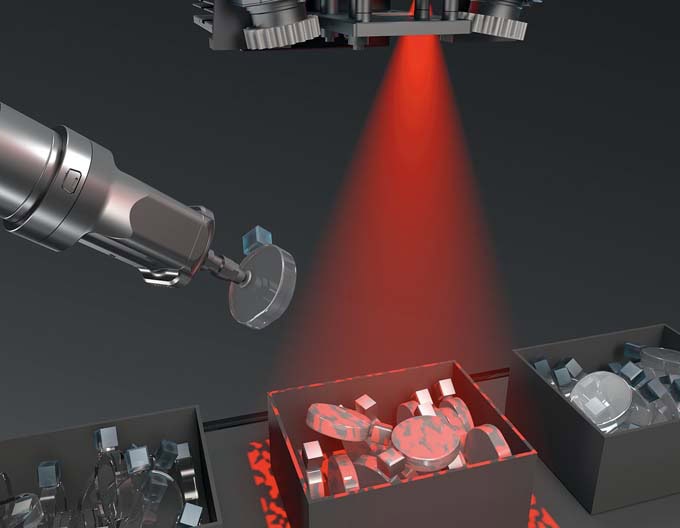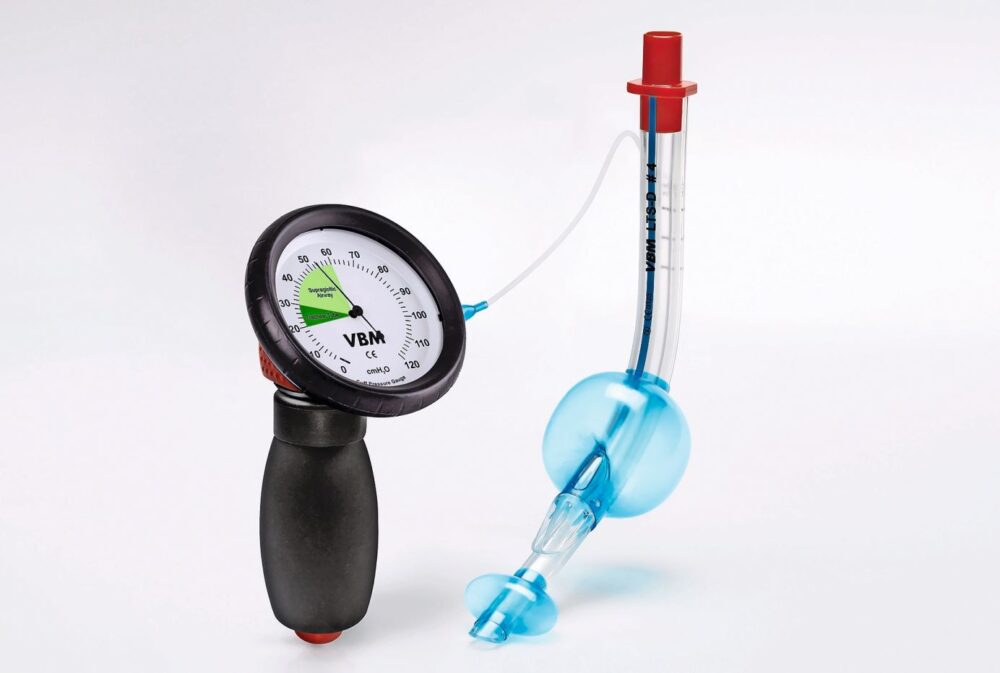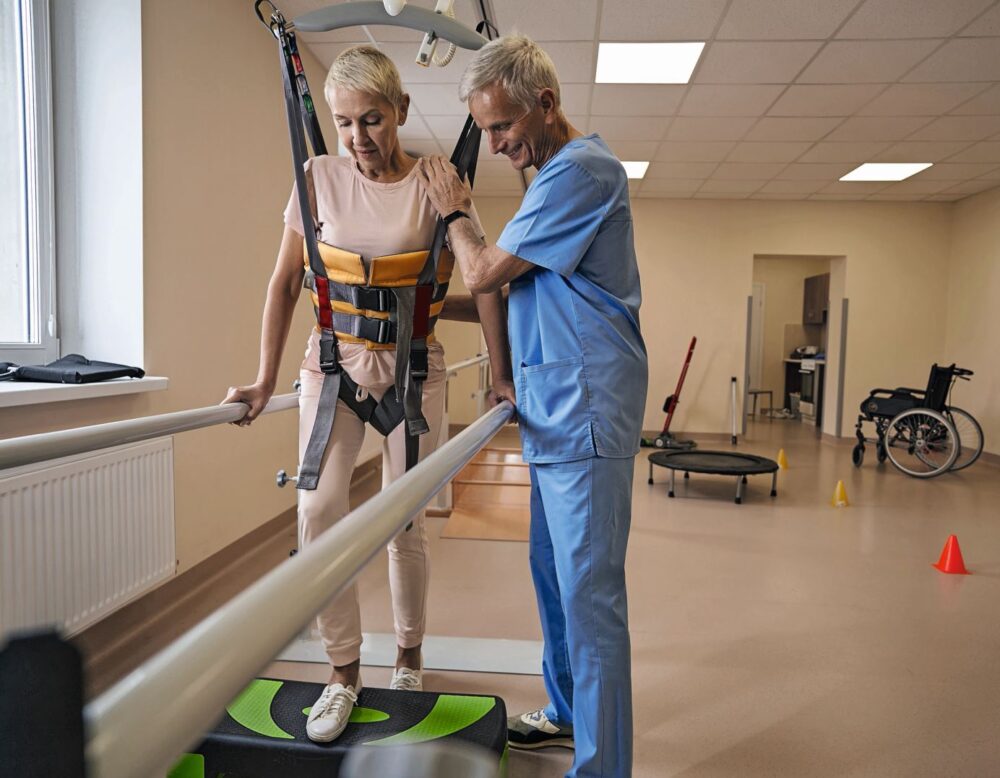3D detection of transparent objects in less than two seconds
What is usually no problem for the human eye is a challenge for robots: the 3D recognition of transparent objects. Researchers from the German Fraunhofer Institute IOF have achieved a breakthrough here.

Researchers at the Fraunhofer Institute for Applied Optics and Precision Engineering IOF have developed a new technology that enables robots to recognize transparent or black objects in less than two seconds. The system, called goROBOT3D, uses an improved 3D thermography technology that makes it possible to efficiently measure even hard-to-recognize surfaces such as glass, plastic and metal. The process used to take up to 15 seconds, but thanks to a new projection technique and the introduction of single-shot technology, it can now be completed in under 1.5 seconds.
3D recognition with a new method
The goROBOT3D system uses a newly developed method in which the surface of the measurement scene is heated with a structured thermal dot pattern. Two thermal cameras record this pattern and calculate the 3D data using spatial cross-correlation. Instead of the previous method, in which several image pairs had to be recorded, a single image pair is now sufficient to reconstruct the 3D data in milliseconds.
The 3D data obtained is analyzed by artificial intelligence to determine suitable gripping points and directions. This information is transmitted to a robot arm, which grasps the object using a vacuum gripper. This process, known as "bin-picking", enables robots to grasp objects from chaotic environments.
Flexible integration
The new technology offers significant advantages for automated production processes, as it drastically reduces cycle times and therefore enables seamless production without interruptions. The system can be flexibly integrated into various applications and will be presented for the first time at the Automatica trade fair in Munich from June 24 to 27, 2025.
Source: www.iof.fraunhofer.de









